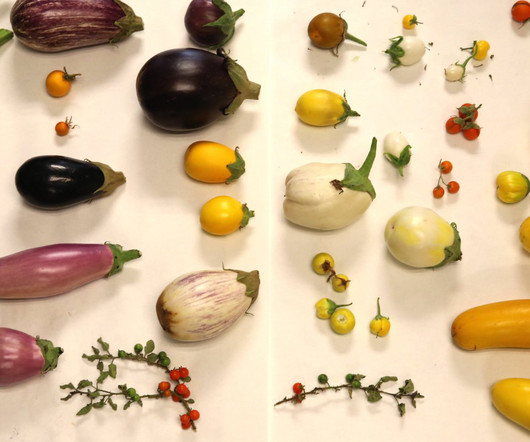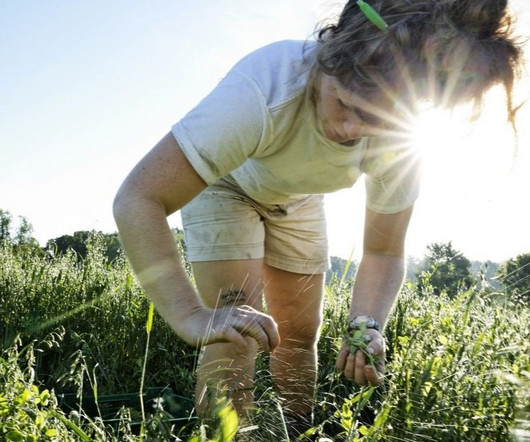Four UK crops you might be eating in 2035
Sustainable Food Trust
AUGUST 9, 2023
Here, we look at some crops that might fare well as UK temperatures increase, and consider how these might fit into a more sustainable farming system. On a farm in West Wales, Nathan Richards (pictured) is beginning to harvest his first small commercial crop of peaches and nectarines. Here, we look at four potential candidates.











Let's personalize your content